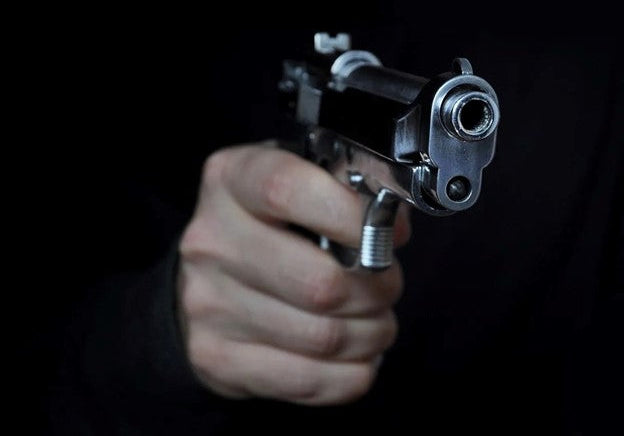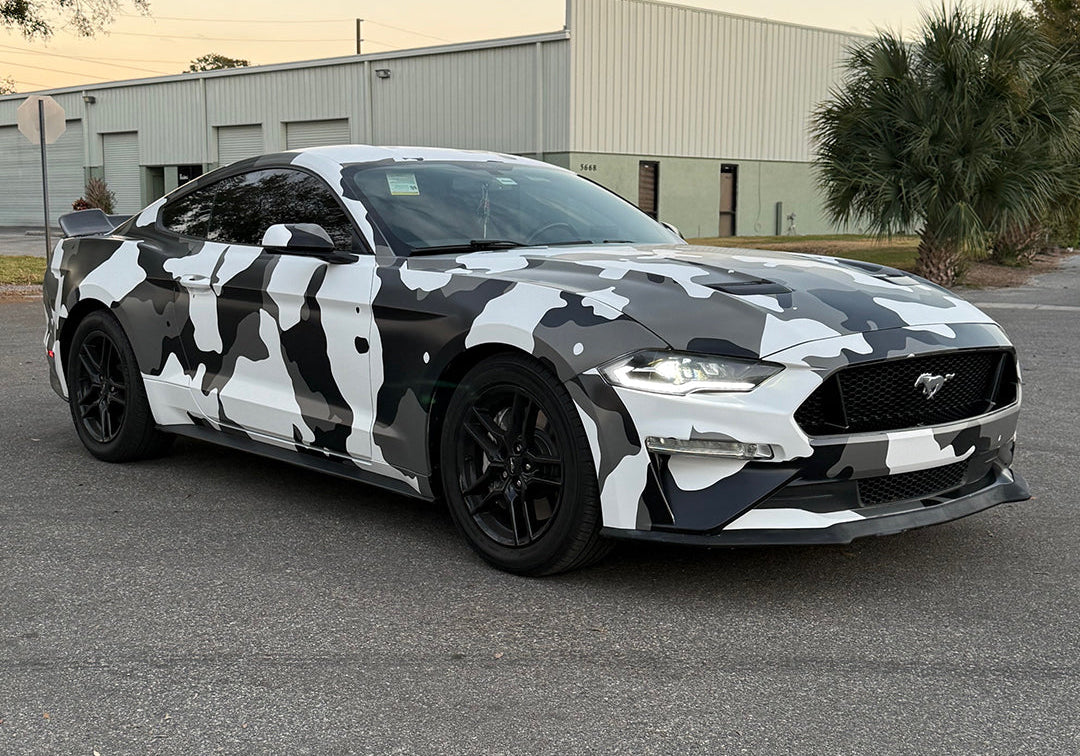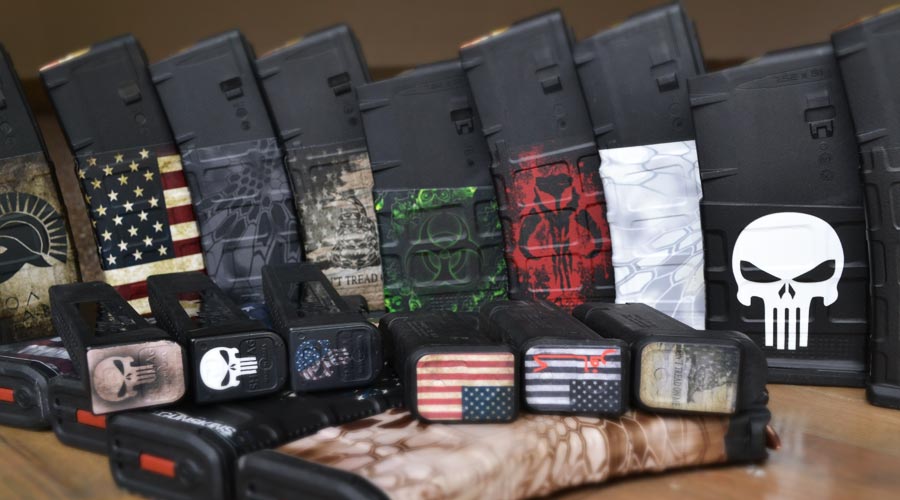Shooting at extremely long distances can be so rewarding when you hit the target, mainly because it’s so difficult to do so. Anyone who’s tried hitting something at 600+ yards knows that it isn’t as simple as pointing and shooting. There’s a lot of patience involved, skill required, and knowledge to collect before you can finally pull the trigger.
Snipers will attest that long-range shooting requires a lot more training than you might consider. However, it isn’t an impossible skill for civilians. While you don’t need to camouflage yourself the way they do or buy a custom rifle or handgun; by focusing on yourself, developing the proper skills, and getting the right gear, you can hit a target significantly further away than you might think you could.
Tips for Hitting the Bullseye
Hitting a long-range bullseye takes a lot of calm, steady focus. Hunters need to be completely in tune with their rifle and able to predict how their bullet will fly through the air and where it will end up.
How do you do this?
Pay attention to nearly every element around you and learn from it. With experience comes confidence that you can listen to your surroundings and set yourself up for the perfect shot, even at a long distance.
Record and Collect Shot Information
Every time you shoot your rifle, keep track of every aspect. How much you hit (or missed) your target by, how much the wind was blowing at the time, how much recoil you experienced and in what direction, and what your zero was.
This all seems tedious, but you learn a great deal by studying every shot you take. The idea is to know absolutely everything about how your rifle and ammunition react under any circumstance so that you anticipate and prepare your shot perfectly.
Avoid Cleaning Your Rifle
Professional snipers will argue that you shouldn’t clean your rifle after every round, as others suggest. In fact, it’s a regularly debated topic. The actual regularity you should clean your barrel depends on the ammo you’re using and the barrel itself. If you notice that your groupings are no longer tight, even with extensive preparation, it may be time.
What you want to pay attention to is generally the collection of carbon within the barrel that offsets your rounds. Too much of this affects your accuracy; however, some would argue that by cleaning your barrel, all you’re doing is suddenly adjusting the feel and aim of your rifle compared to a progressive adjustment that you can account for.
Pull The Trigger Between Breathes
Any long-range shooter will tell you that your breathing is critical to master when shooting, particularly long distances. Focus on maintaining a steady rhythm with your breath and slow it down. Doing breathing exercises from time to time can also help increase your lung capacity and your control.
When you’re ready to take the shot, take a few deep breaths in and out, and on your last breath, just as you’re done breathing out and before you begin to breathe back in, that’s your perfect window for taking the shot.
Squeeze The Trigger Smoothly
You obviously don't want to yank down the trigger when taking a long-range shot. Pull slowly and consistently down towards the break once you’re ready to take the shot.
What you want to focus on is continuing through the squeeze even after the gun fires. Any minimal movement in that second sends your bullet flying somewhere you don’t want it, so it’s important to follow through with your finger and then slowly release the trigger back up.
Zero to Perfection
Zeroing, or sighting in your rifle optics is critical when operating at long range. It’s the process of making adjustments to the scope or magnification on your rifle to match the distance you’re firing at so that they can be used as reliable and accurate measurements for where your bullet will be going.
In hunting at closer ranges, you might not zero your rifle as critically. But at long distances, you’ll really have to put in the effort to make sure you’re as accurate as possible.
When you fire your rifle, you have to consider the flight pattern of the bullet. Like any projectile moving through the air, it starts to fall down to the earth due to gravity. So at longer ranges, you need to think about this and anticipate the arc your bullet will draw on its way to your target.
Using a laser bore sighter makes this process easier as you can use the laser to represent your “on paper” round, meaning that you don’t have to fire a shot to see how far off your sights are.
However, this is useful for medium-range shots at most. The laser moves in a completely straight line and isn’t affected by gravity the way your bullet will be.
Pay Attention to The Wind
Wind can be a serious challenge for snipers and long-range shooters of all experience levels. Depending on the distance you’re firing from, there might be multiple wind patterns between you and your target. This makes it especially difficult to navigate as the wind you feel on your face might be moving in the opposite direction of the wind closer to your target.
If you can, use visual cues around you. If you’re shooting on the range, see if there are any flags or wind markers to take advantage of and anticipate the changes in the wind. If you’re in the field or the wild, watch the foliage such as trees and bushes for their movements.
It won’t be perfect, but you need to keep the wind in mind while preparing for a long-distance target, or else who knows where your bullet will go.
Find The Best Ammo and Rifle
The ammunition and rifle you use have traits and characteristics of their own, all of which you need to be completely aware of. Some bullets will leave behind more carbon, filling your barrel faster. Others might be heavier and fall to the ground faster.
Some bullets are designed to perform well at close range but struggle with longer distances due to the design of the tip. Find the right setup for your needs and learn everything you can about how it fires.
Don’t Use Your Other Hand as a Support
While at the gun range, they may supply you with a gun table to rest your rifle on while shooting, but this obviously isn’t practical in the field. You need a way to hold the front half of your rifle up and steady while taking your shot, and it’s not very practical to carry around a table or even a sandbag.
While using your non-dominant hand to support the end of the rifle may seem enticing or cool-looking, your hand is going to move around a lot. This extra movement will throw you off when aiming completely, so it’s a much better idea to invest in a folding bipod attachment.
Don’t Hold the Rifle Too Tight
As we mentioned, don’t use your other hand to hold up the rifle. Going further into that, you shouldn’t be touching the rifle with your non-dominant hand at all. Have your arm out or tucked underneath you to reduce the amount of extra movement it can introduce.
Let your rifle’s weight keep it steady with the legs of the bipod, as that will keep it more still than if you try to hold it tight without moving. Your main point of contact with the rifle should just be your trigger finger, which should rest on the trigger guard until you’re finally ready to pull.
Listen to the Recoil
The recoil of your weapon is the force at which it moves backward after being shot, and it can be extremely telling in long-distance situations. You want your rifle to come straight back into your shoulder without any side-to-side movement. If your gun isn’t coming straight back, you know that you weren’t aiming as straight as you thought and need to reposition.
Get Yourself a High Quality Scope
Even a high-powered, expensive, fancy rifle isn’t going to do you much good at a certain distance if you don’t have a reliable scope attached to it. You can skimp on scopes by buying something cheap. However, if you want something that you can fine-tune to really nail that bullseye, you’ll need some quality gear.
If you buy a rifle that can already have a scope attached, as well as the matching scope, you’ll just need to attach it and spend an afternoon at the range setting it to be as accurate as possible. Keep in mind you’ll still need to zero it for different ranges, but getting it initially set up will save you some trouble.
If your rifle and scope aren’t already suited for each other, you’ll have to go to a local gun shop and have it bore-sighted. You can try to do this yourself, but it’s something that they’ll be able to do quickly and accurately.
Identify Your Dominant Eye
Did you know you likely have one eye stronger than the other? Like our hands, we have one dominant eye that we use, and the other follows along. When you’re looking down a scope, or even just a pair of sights, you won't be able to look down with both of your eyes.
Nor would you want to, with the distance between your face the scope being so small you see double. One way to test which eye is dominant is the clock example:
- Put your arms out in front of you, and with both hands, make a triangle, using your thumbs and pointer fingers.
- Keep both eyes open and center your triangle hands to an object on the wall, such as a clock.
- Once you’ve gotten the object completely centered with both eyes open, close your left eye.
- If the object is still in the center of your hand triangle, your right eye is dominant, but your left eye is dominant if the clock suddenly isn’t framed by your triangle.
You should be completely behind the scope when aiming, so it shouldn't be too much trouble to use either your left or right eye, as long as it’s the dominant one.
In Conclusion
Shooting long distances takes a lot of practice and patience, but putting the proper time in it’s a skill that you can strengthen and increase your accuracy. All of these practices are suited for shooting at even close distances, so they’re useful to master no matter where you’re shooting.
Focus on calming down your breathing and maintain a smooth follow-through with your trigger finger when firing. Use your dominant eye to aim and always zero your sights for the distance at which you're shooting. By practicing these tips, you might find yourself hitting targets at over 10,000 yards in no time.
Sources:
How Often Should You Clean Your Rifle Barrel | Deer Stalking | Blog









1 comment
This is incredible and exactly what I’ve been looking for. I’ve practically self-learned how to shoot at short distances with a ton of practice, so I’m hoping with these tips, I’ll be able to do the same with longer distances. You mentioned finding good long range bullets, is there any you would recommend? I keep seeing some stuff about a Twist Match bullet that I’ve been thinking about trying. Thanks again for sharing!